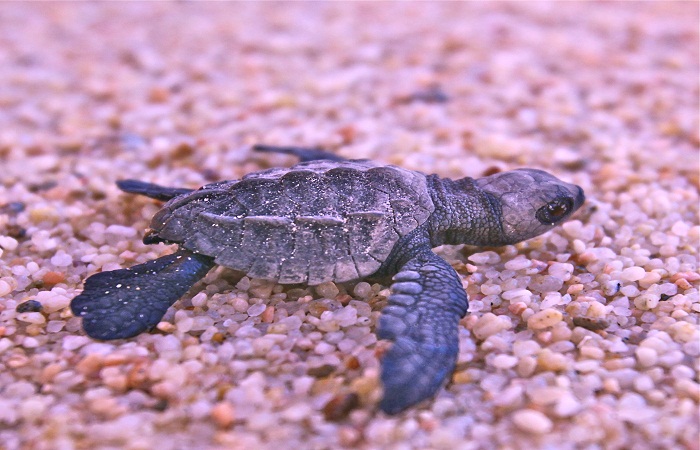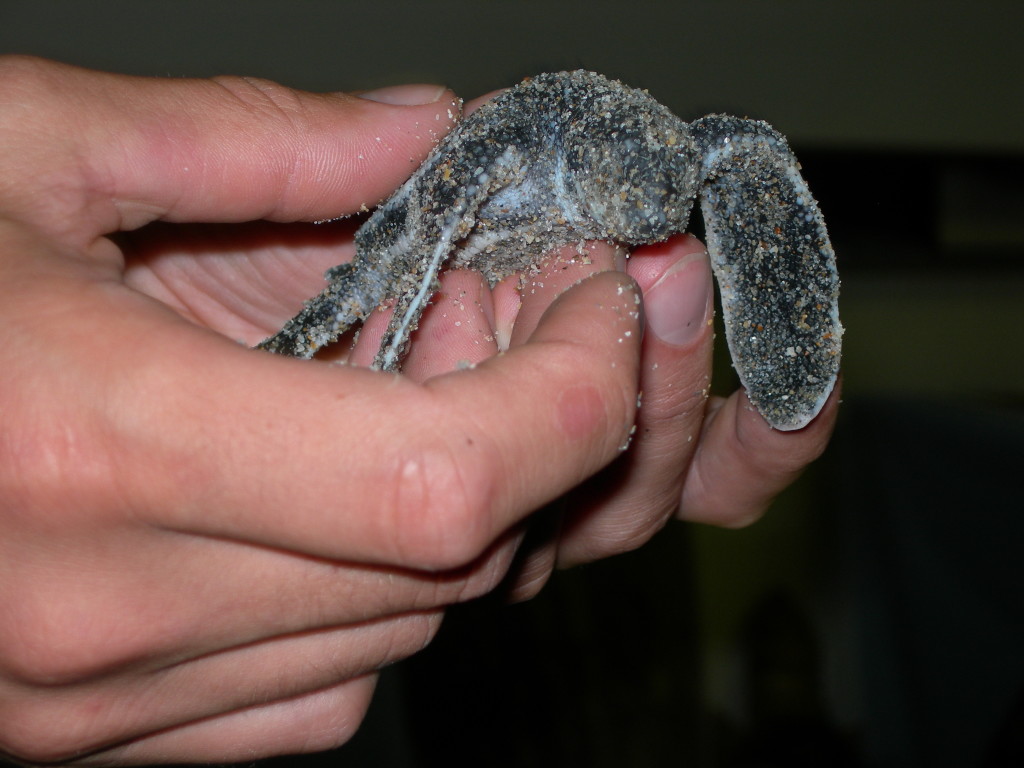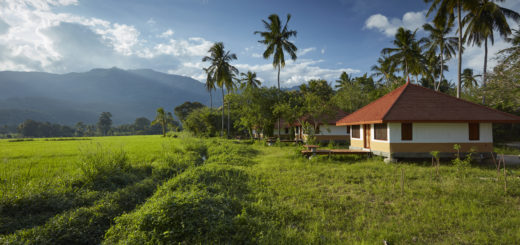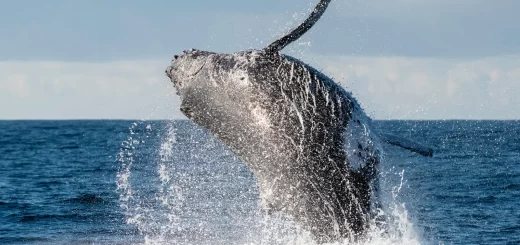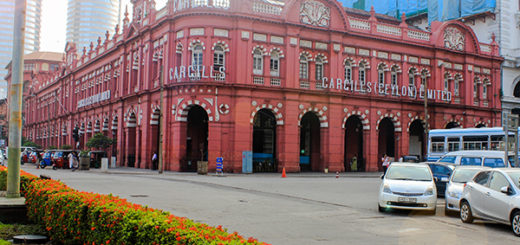SRI LANKA ROUNDABOUT (Number 32) – Turtle Conservation
by · Published · Updated
The conservation of turtles is a serious business in Sri Lanka, with a dual emphasis on helping turtles breed and survive, as well as maintaining a self-sustaining tourist business. Those turtle hatcheries situated on the west and south coasts of Sri Lanka are run as commercial enterprises, not as charities, and they need the support of tourists to survive.
Five species of turtle, all of them currently endangered, come ashore to nest on the beaches of Sri Lanka, as they have done for millennia. They are the Green Turtle (Chelonia mydas), the Loggerhead (Caretta caretta), the Hawksbill (Eretmochelys imbricata), the Leatherback (Dermochelys coriacea), and the smallest of them all, the Olive Ridley (Lepidochelys olivacea).
Turtles emerge from the sea at night on the beaches they have traditionally used to lay their eggs. Villagers strolling the beach at sunrise soon spot the tracks left by their flippers, and start to dig.For those villagers, conservation is not on their mind; they seek the turtle eggs to eat.
However, since the introduction of freelance turtle hatcheries near the traditional hatching grounds, those villagers have taken to selling the eggs they collect instead of eating them. So they are in fact helping conservationists, as well as making some pocket money.
Hatcheries
When that happens, the egg enters a cycle where man takes over instead of nature. Had the eggs been left alone where they were laid they would, if lucky, hatch after a few weeks. The turtle hatcheries replicate the process. Each egg is carefully buried by hand in the sand in the hatchery in specially walled and tended beds that prevent predators like iguanas (and humans) digging up the eggs.
A few weeks later the eggs hatch and baby turtles emerge. This is when they are the most vulnerable from preying birds if they follow their natural instincts and head straight for the sea. Their shells are also too soft to guarantee survival in the water. Instead, hatchery team members gather them up and put them in a tank of sea water where they are kept until mature enough to be released.
This is where conventional conservationists frown at the independent hatcheries, because the hatcheries along the west and south coast seek to cover their costs by putting on shows for tourists. Tourists are invited to take part in the releasing of the baby turtles into the sea, in return for a cash donation. But without the support of tourist sponsorship, the hatcheries couldn’t stay afloat and the baby turtles would not even be born.
However, even when they are a few days old and ready to swim for their lives, baby turtles are still easy prey for birds since they start their sea journey by floating on the surface. So hatcheries deliberately release them at dawn, or dusk, when birds aren’t around.
Maintaining an independent turtle hatchery is very expensive and requires dedication as well sufficient funds. A large amount of money has to be spent on the construction and repair of tanks, pumping sea water, cleaning and purchasing fish for feeding, and knowledgeable staff.
Since support comes solely from visiting tourists, during the off-season the hatchery operators have to fund their work themselves. They do this through passion, based on their concern for preserving an important part of Sri Lanka’s fragile eco-system.
Royston Ellis (http://www.roystonellis.com) is a British author resident in Sri Lanka since 1980

